- Offices Time:24 Hours Online
- Email:[email protected]
- WhatsApp:+8618339938759
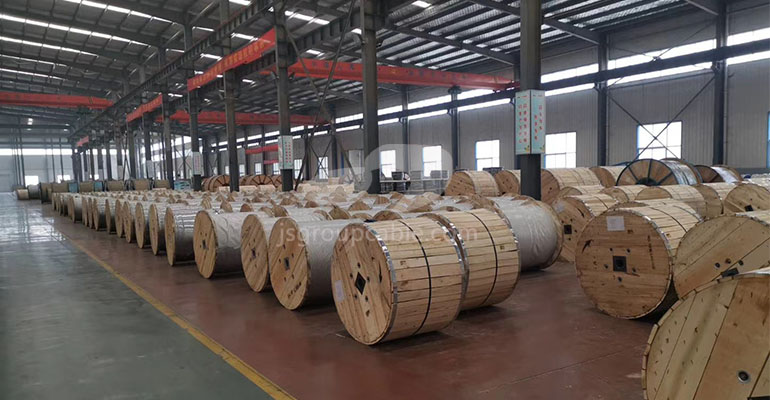
Posted on September 27, 2022
What are the five categories of wires and cables?
Everyone is familiar with wires and cables. Various electrical products need to be connected to the power supply through wires and cables before they can be used. There are many brands of wires in the market, which are dazzling. So what are the five main categories of these wires and cables?
1.Bare wire
Bare wires and bare conductor products refer to conductive wires without insulation and sheath, mainly including three series of products: bare single wire, bare stranded wire and profiled wire. Such wires can be used as conductive wires or as electrical appliances and other equipment. The use of components, etc., its electrical conductivity and mechanical properties are superior, but because it has no insulating layer, it is easily corroded. . Copper and aluminum single wire: including soft copper single wire, hard copper single wire, soft aluminum single wire, and hard aluminum single wire. Mainly used as semi-finished products of various wires and cables, and a small amount is used in the manufacture of communication wires and electrical appliances. Bare stranded wire: including hard copper stranded wire, hard aluminum stranded wire, aluminum alloy stranded wire, steel core aluminum stranded wire, mainly used for the connection of electrical equipment and electronic appliances or components.
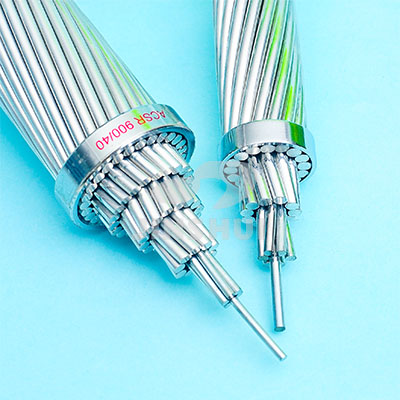
2.Power cable
Power cables are cable products used to transmit and distribute high-power electrical energy in the main lines of the power system, including power cables with various voltage levels and various insulations of 1~330KV and above. Power cables are divided into low-voltage cables, medium-voltage cables, and high-voltage cables according to voltage levels. According to the insulation conditions, it is divided into plastic insulated cables, rubber insulated cables, mineral insulated cables, etc.
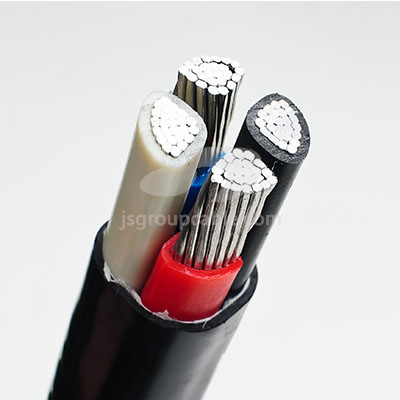
3.Overhead insulated cables
The feature of the overhead cable is that it has no sheath. Its conductors are not only aluminum, but also copper conductors, aluminum alloys, and steel-cored aluminum stranded overhead cables. It is not only single-core, the common ones are generally single-core, but it can also be twisted into a bundle of several conductors. The voltage level of overhead cables is 35KV and below, not 1KV and 10KV.
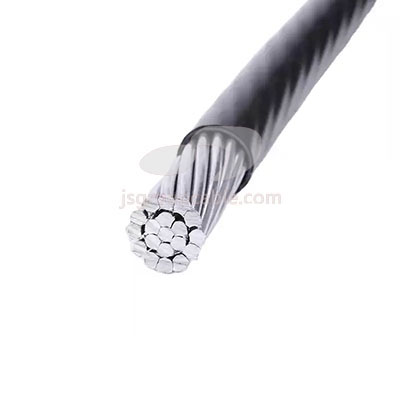
4.Control cable
The control cable is similar to the power cable, which is characterized by only copper core, no aluminum core cable, smaller conductor cross-section and more cores. It is suitable for stand-alone control or unit equipment control of power stations, substations, mines, petrochemical enterprises, etc. with AC rated voltage of 450/750V and below. In order to improve the ability of the control signal cable to prevent internal and external interference, the main measures are to set up a shielding layer.
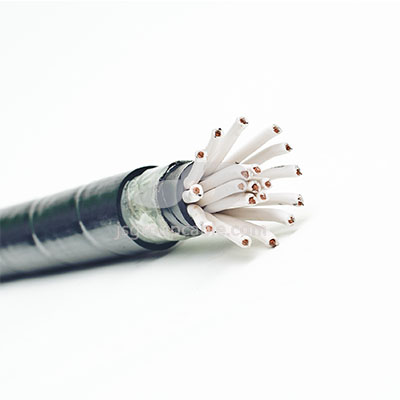
Common models are KVV, KYJV, KYJV22, KVV22, KVVP. Model meaning: “K” control cable, “V” PVC insulation, “YJ” XLPE insulation, “V” PVC sheath, “P” copper wire shielding.
5.Special cable
Special cables are cables with special functions, mainly including flame-retardant cables, low-smoke halogen-free cables, fire-resistant cables, explosion-proof cables, rodent-proof cables, termite-proof cables, water-blocking cables, etc.
Flame-retardant cables, low-smoke halogen-free cables: mainly used in important power and control systems. When the line encounters a fire, the cable can only be burned to a limited extent under the action of the external flame, and the amount of smoke is small, and the harmful gas in the smoke is also very small.
When the external flame disappears, the cable can also be extinguished by itself, which minimizes the damage to human body and property caused by the fire. Therefore, this kind of cable is widely used in important places such as petrochemical, electric power, metallurgy, high-rise buildings and densely populated places.
In the face of special occasions, new products are constantly derived, such as fire-resistant cables, flame-retardant cables, low-smoke halogen-free, low-smoke and low-halogen cables, termite-proof, mouse-proof cables, oil-resistant, cold-resistant, temperature-resistant, wear-resistant cables cables, irradiated cross-linked cables, etc.
Different types of wires and cables are used in different scenarios. In the process of selecting cables, you need to have a certain knowledge of cables, and choose the most suitable cables according to your actual application scenarios.
Post categories
Most Popular Posts
-
The 136th Canton Fair welcomes you to participate!
October 12, 2024 -
High temperature cable introduction
July 26, 2024 -
Kenya Power and Energy Exhibition 2024
June 11, 2024 -
Introduction of rubber sheathed cable
June 5, 2024





